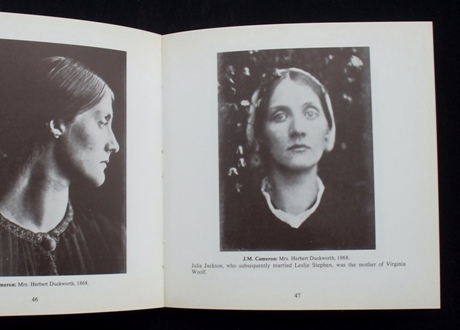

Classicism was an important thread in the return to order, and in the early 1920s Picasso entered a neoclassical phase. Georges Braque and Pablo Picasso the inventors of cubism, with its fragmentation of reality, abandoned it for more traditional styles. Many of the artists who had previously been innovators of avant-garde styles turned their back on their previous ideas and approaches. The term 'return to order' (from the French 'retour à l'ordre') is used to describe this phenomenon, and is said to derive from the book of essays by the artist and poet Jean Cocteau, Le rappel a l'ordre, published in 1926. One of the artistic responses to it was to reject the extreme avant-garde forms of art that had proliferated before the war and instead adopt more reassuring traditional approaches.

The First World War administered a huge shock to European society. RETURN TO ORDER A European art movement that came about following the First World War and characterized by a return to more traditional approaches to art-making - rejecting the extreme avant-garde tendencies of art in the years leading up to 1918 Other artists associated with resistance art include: Dikobe Martins and Norman Catherine.

One of the leading artists of resistance art was Thamsanga Mnyele who was killed by South African commandos in 1985. RESIN A usually transparent solid or semi-solid substance sometimes used as a medium by sculptors RESISTANCE ART A form of art that emerged in South Africa in the mid-1970s after the Soweto uprising that focused on resisting apartheid and celebrating African strength and unity The term figurative also implies a particular focus on the human figure. Not quite the same as figurative art which seems to apply to modern art in which the elements of reality, while recognisable, are nevertheless treated in modern ways, as in expressionism for example. The term seems to have come into use after the rise of modern art and particularly abstract art as a means of referring to art not substantially touched by modern developments. REPRESENTATIONAL Blanket term for art that represents some aspect of reality, in a more or less straightforward way

A good example of this is Ikeda Tatsuo's painting 10,000 Count,Īrtists associated with reportage painting are Nakamura Hiroshi, Ikeda Tatsuo, Yamashita Kikuji and Ishii Shigeo. Many focused on the unjust treatment of the Japanese people, both by the government and the US forces. The paintings produced by artists associated with the movement were realist in style, ensuring their political messages could be easily understood. REPORTAGE PAINTING Reportage painting was a Japanese post-war art movement that emerged in the early 1950s in opposition to the presence of the American military in Japan, and sought to reveal the inherent contradictions of post-war Japanese society which they saw as a puppet state to America


 0 kommentar(er)
0 kommentar(er)
